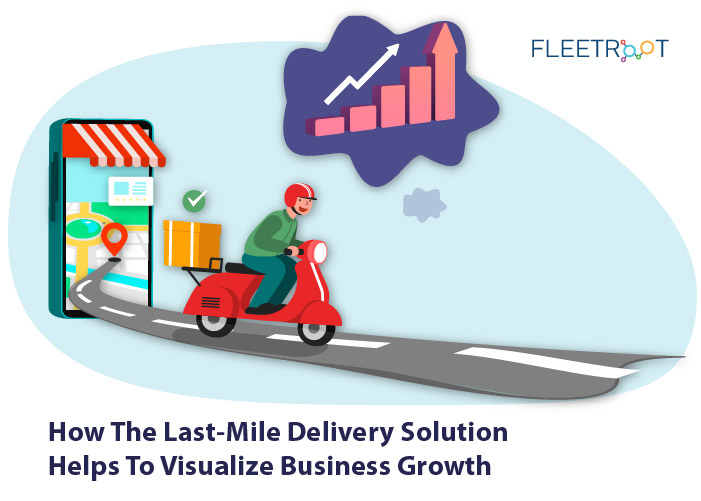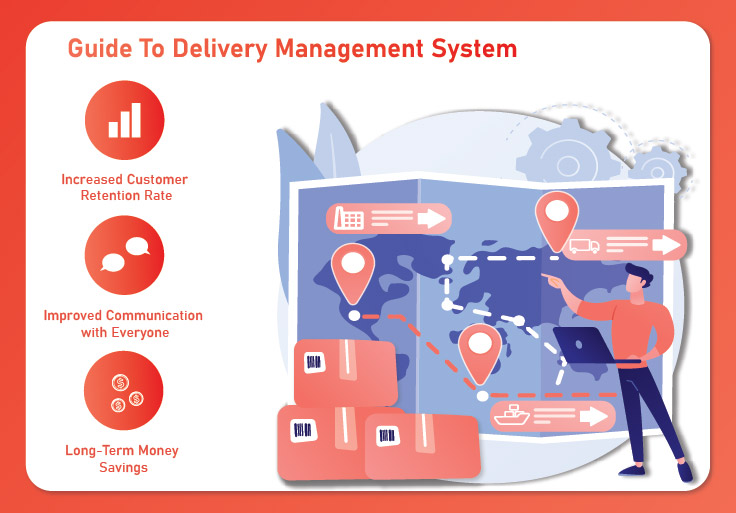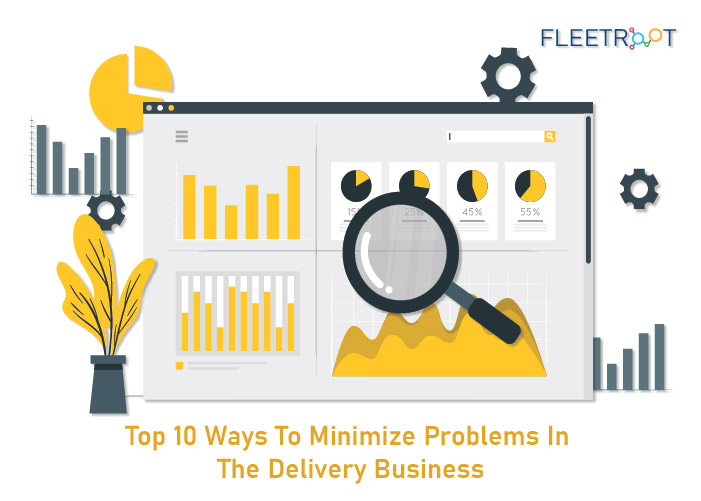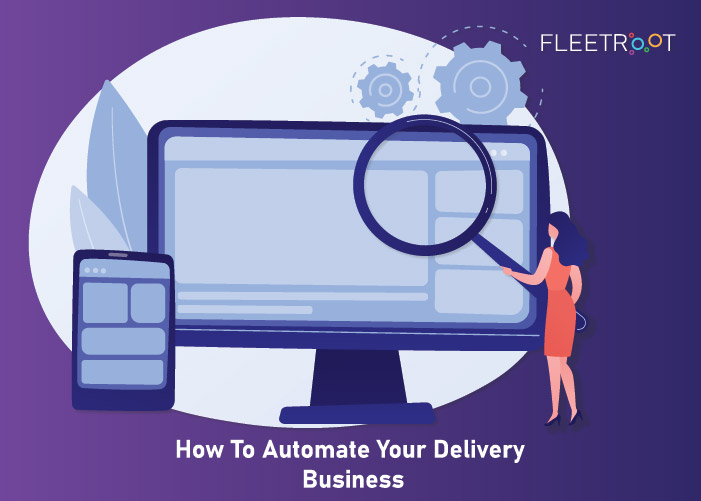Executive Summary
Today, companies operate in a global marketplace.
They are faced with tremendous challenges to maintain profitable businesses.
In such an environment, predicting business patterns eg growth, stagnation, customer preferences, competitor actions, and innovations is key in staying ahead.
In our age of technological diffusion it is impossible to maintain a competitive advantage over competitors purely on the functional (rational) aspect of a company’s offering.
Therefore, the emotional aspect becomes all-important, and a critical part of this is Customer Experience.
Importantly, Last-Mile Delivery is a large driver of positive – or, negative- Customer Experience since it is the touch-point between a company and its customers.
The exponential growth of eCommerce businesses has made the Last-Mile Delivery even more critical for driving a positive Customer Experience since it is the ‘face’ of the company that the customer sees.
Reading its Customer Experience pulse correctly enables companies to predict buyer behavior and thereby predict business patterns (peaks, dips). Done correctly, a firm can use this to manage its demand and value-chain to operate at optimal levels.
Using modern tech tools (eg GPS-enabled fleet tracking systems) to manage the logistics side of your Last-Mile Delivery also helps firms in managing the Last-Mile Delivery efficiently.
Therefore, company decision-makers must invest sufficient time and resources in ensuring that best practices for Last-Mile Delivery are maintained.
What is Last-Mile Delivery?
Let us look at a typical Order Fulfillment Process:
- Customer places an Order
- The Order is transported from its manufacturing place to the Customer via Distribution Channels (eg Master Warehouses, sub-Warehouses, Stockists, Distributors, etc)
- The last point in the Distribution chain (eg Stockist, Distributor) to the Consumer eg Retailer (for traditional brick-n-mortar), and Consumer home (for e-commerce) is called “Last-Mile Delivery” since it, literally, is the last part your Order travels before it reaches its destination.
But, why is Last-Mile Delivery so important?
We are now in the most competitive era that humankind has witnessed.
From a business perspective, firms are facing global competition and under immense pressure at all times. Consumers have a plethora of choices and can switch from one supplier to another at any moment they choose to.
Under such a scenario, it is imperative that you maintain Customer Delight as your most important metric.
Further, in today’s day & age of technological diffusion, it is almost impossible to build sustainable businesses solely on the functional element of your offering and Customer Loyalty arises increasingly from Customer Experience (Cx).
And, since the “Last-Mile Delivery” is the touch-point with your customer and thereby affects your Cx in a big way, you’d be missing a trick if you didn’t pay attention to it.
Knowing your Cx pulse would help not only in building a loyal customer base but also in making effective business projections of demand peaks and lows and planning your supply-side accordingly.
Thus, the “economic impact” ie impact on price, costs and revenues (micro), and growth, profitability and productivity (macro) that Cx and Last-Mile Delivery each has respectively is massive.
Remember, that Last-Mile Delivery is not just the “last mile” that your order physically travels but also includes the logistics, efficiency, costs, customer lifecycle fit (etc) that constitute this “last mile”.
Has Last-Mile Delivery become more important in recent times?
The answer is yes. Why? Since it allows firms to predict Demand Patterns and adjust the Supply-side accordingly thereby leading to increased profitability, counter competitors, manage costs, resources, etc.
As mentioned earlier, the Last Mile Delivery sits across all elements of Cx above (outside of #1). Going forward, the modern customer will only deal with firms that can not only provide a quality offering but also one that fits into his lifestyle and exists within his touch-point universe (both, online and offline).
For example, you may have the exact product that a consumer wants but if he wants to only buy online and you cannot deliver within 3 days, he’ll go elsewhere.
Using Last-Mile Delivery to predict demand patterns
Importantly, Cx will help firms gauge buyer behavior ie whether customers will return for future purchases, whether they will buy the same product, include other products, order same – or, different- quantities (etc) thereby helping firms to predict demand patterns.
Given that we now operate in a data-driven world and everything is recorded, assigned weights, and massaged for insight and action, firms can stay on top of their demand patterns by using key metrics of buyer behavior (eg Cx) as a critical indicator.
Last-Mile Delivery driving Cx in the age of the eCom juggernaut: eCom is our way of life now. This makes Last-Mile Delivery even more important for your Cx because it is the “touch-point” with your customer – it is the “face” of your company that your consumer sees. And Cx, as we have already seen, is a critical metric for efficient business planning.
For example, if you are in the Food Delivery business and deliver hot food to your customers, your Last-Mile Delivery is imperative for a positive customer experience. Only then will you have repeat orders. Each time you deliver food late (or, cold and stale) you lose a customer. Result? One less unit in your inventory. Conversely, meeting customer expectations consistently will generate WoM (word-of-mouth) for your firm and almost certainly result in increased orders, more customers. Result? More inventory required.
The above example is typical of how Last-Mile Delivery increasingly helps firms in predicting demand patterns.
Modern tools for managing Last-Mile Delivery: GPS enabled Fleet & Vehicle Tracking Systems
Efficient logistics is critical for managing your Last-Mile Delivery effectively.
It enables firms to achieve optimal efficiency in managing the logistics side of its Last Mile Delivery and ensuring that customer orders are fulfilled on time every time.
Additionally, such GPS-enabled fleet management systems provide ample MIS and real-time data that allow firms to constantly improve upon their Last-Mile Delivery management.
Conclusion
As we have seen, Last-Mile Delivery has become a critical tenet for a firm’s Customer Experience.
Customer Experience, in turn, is critical for firms to predict buyer behavior and draw from it to predict Demand Patterns.
This helps firms to optimally manage their businesses and stay competitive, grow operations and maintain profitability.
Thus, investing time, effort and resources in managing your Last-Mile Delivery is critical to the success of your business. Ignore it at your peril!
Automate last mile delivery experience by solving your last mile routing challenges with Last Mile Delivery Software




